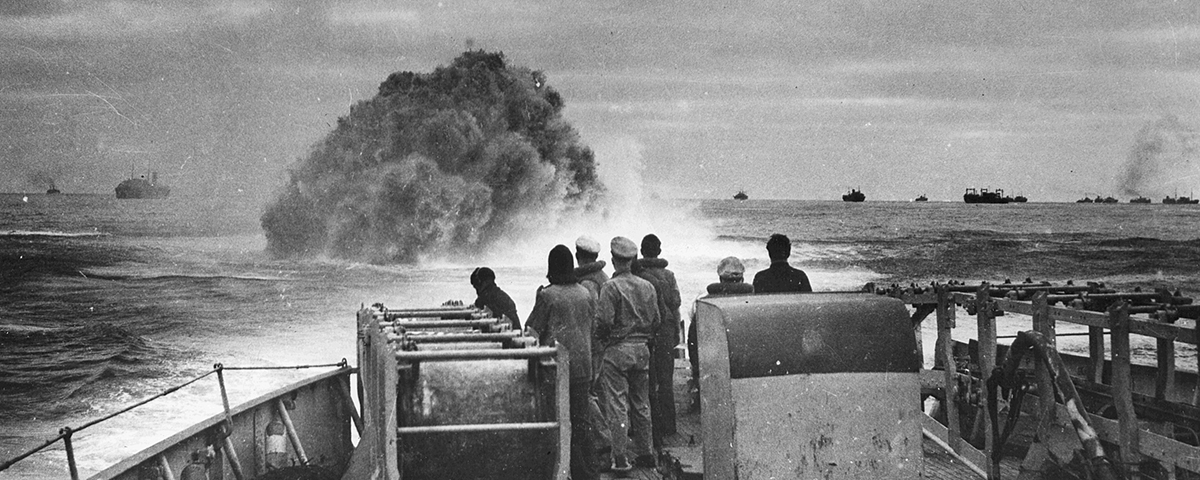The decision that had placed an American escort carrier—the USS Bogue—and its aircraft in position to catch the U-118 at a refueling rendezvous had not been made lightly. Top American navy officials knew that in doing so they risked giving away the greatest Allied secret of the war: the breaking of the Germans’ Enigma cipher. But they had been persuaded by a small team of civilians—an odd collection of mathematicians, insurance actuaries, theoretical physicists, biologists—that targeting the German tankers would be a literally war-winning strategy worth the risk.
Few of the scientists, a group of men very few people within the navy even knew existed, had ever set foot on a ship or fired a gun. They worked behind doors labeled with cryptic names like ASWORG and ORS, surrounded by punch cards and papers filled with equations, graphs, and tables. But they had already won the trust of the brass with a series of almost oracular feats that had begun to turn the tide in the war against the U-boats. Where the Germans as recently as the fall of 1942 had been sinking close to 100 Allied merchant ships a month, pushing the toll menacingly close to the point that would imperil Britain’s very survival, by the summer of 1943 they were down to half that. To put an end to the U-boat menace once and for all the U.S. Navy was now prepared to risk everything—based on little more than the calculations of some very non-naval academics.
Though many factors contributed to the ultimate victory over U-boats—new weapons, better radar, the intelligence coups of the code breakers—it was the new science of operations research, or OR, that pulled it all together and showed the sailors and airmen how to snatch victory from the very precipice of disaster. Again and again the operations researchers, asking questions about everything from the depth setting of bomb fuses to the way aircrews used their binoculars, and often applying little more than a scientific mindset and a few simple equations, were able to propose seemingly tiny changes in tactics or strategy that doubled or tripled the lethality of the Allied antisubmarine campaign in a single leap.
The British were the first to stumble on the realization that scientists might have something useful to say about how to run a war, and not just about narrow technical matters related to developing new weapons and hardware. The British scientists who had advised their government on the development of radar in the 1930s were soon drawn into the larger problems that arose as radar was incorporated into the country’s new air defense system. Issues of command structure, the allocation of forces, even basic strategy on how best to meet a German air raid all turned out to be questions in which scientific analysis was central. Decisions that were traditionally the sole purview of generals were now being routinely shared with civilian scientists.
One of these scientists, P. M. S. Blackett, was notable for actually having a military background. As a young man scarcely 17 years old he had received a commission as a midshipman in the Royal Navy, and in World War I had served aboard a destroyer that was heavily shelled during the Battle of Jutland. Blackett had since gone on to study at Cambridge and had become one of Britain’s leading young nuclear physicists—as well as a far-left socialist who bitterly denounced the class-bound hierarchy of the Royal Navy that he had observed as a young officer.
In 1940, assigned to the British Army’s Anti-Aircraft Command, he carried out statistical studies on gunner accuracy that cut the number of antiaircraft shells fired per German bomber hit from 20,000 to 4,000. When Blackett was transferred a year later to Coastal Command—the joint navy-air force unit in charge of hunting U-boats—the general in charge of AA Command was crestfallen. “They have stolen my magician,” he lamented.





